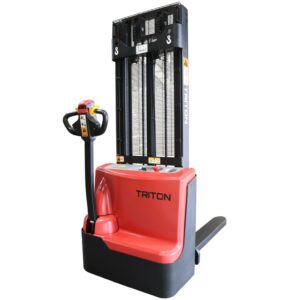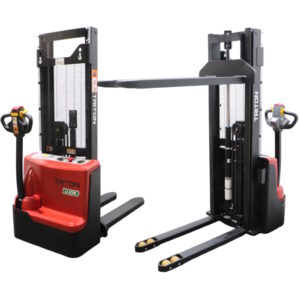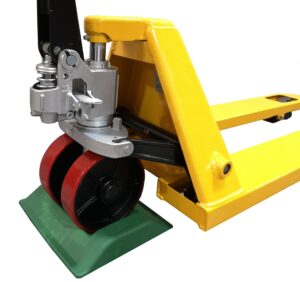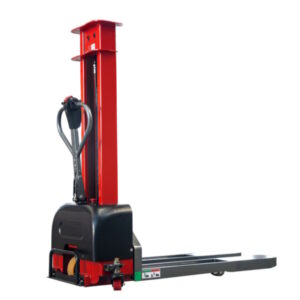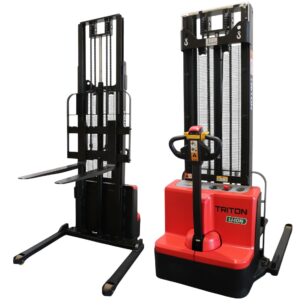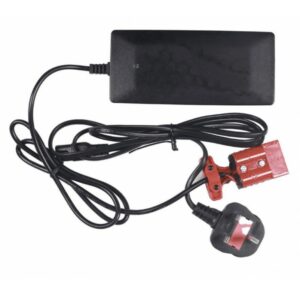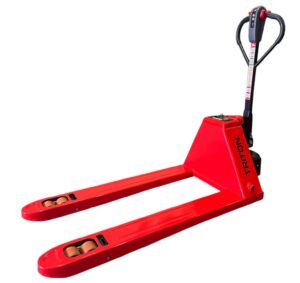Manual handling tasks are a vital part of many workplaces, but they also pose risks to employees’ health and wellbeing. According to UNISON, one in three workplace accidents is related to manual handling, with back injuries being the most prevalent.
If you’re an employer, you have have a legal duty to assess these risks and reduce them to “the lowest level reasonably practicable”.
Here’s how.
1. Understand the Nature of Manual Handling Tasks
Manual handling involves transporting or supporting loads using physical effort, such as lifting, lowering, pushing, pulling, or carrying. A load can range from boxes and packages to animals, roll cages, or pallets. Employers must first identify all manual handling tasks performed in the workplace. This includes reviewing processes, observing workflows, and consulting employees about their tasks.
2. Identify Risks and Consider Avoidance
Once tasks are assessed, the next step should always be to determine whether the manual handling task can be avoided entirely. Automation or alternative processes may eliminate the need for manual handling, reducing risks significantly. Where avoidance is not feasible, modifications such as splitting heavy loads into smaller parts or using mechanical aids like pallet trucks should be implemented.
3. Apply the TILEO Framework
The TILEO framework provides a structured approach to assess risks when manual handling cannot be avoided.
- Task: Evaluate the task for activities such as twisting, bending, pushing, pulling, or lifting heavy or awkward loads. Repetitive tasks and insufficient rest periods are particularly concerning.
- Individual: Consider who is performing the task. Are they pregnant, disabled, or managing a health condition? Fitness, strength, and experience should be assessed.
- Load: Assess the load being moved. Is it heavy, unstable, difficult to grip, or sharp? Uneven weight distribution or contents that shift during movement can increase risk.
- Environment: Examine the working environment. Are floors slippery or uneven? Is there enough space to manoeuvre safely? Poor lighting, extreme temperatures, or obstacles can also contribute to hazards.
- Other Factors: Look at additional considerations, such as the need for personal protective equipment (PPE) or the availability and condition of mechanical aids.
4. Provide Adequate Training and Equipment
Employers are required by law to ensure that employees are trained in safe manual handling techniques and are familiar with the prpvided equipment. Proper training should include posture awareness, the correct way to lift and carry loads, and the use of TILEO principles. Investing in well-maintained equipment such as hand pallet trucks, trolleys, and lift tables can reduce physical strain and avoid injury.
5. Monitor, Review, Improve
Manual handling assessments should not be a one-time task. Workplaces evolve, and so do the risks associated with manual handling. Regularly reviewing and updating assessments ensures new hazards are identified and mitigated promptly.

